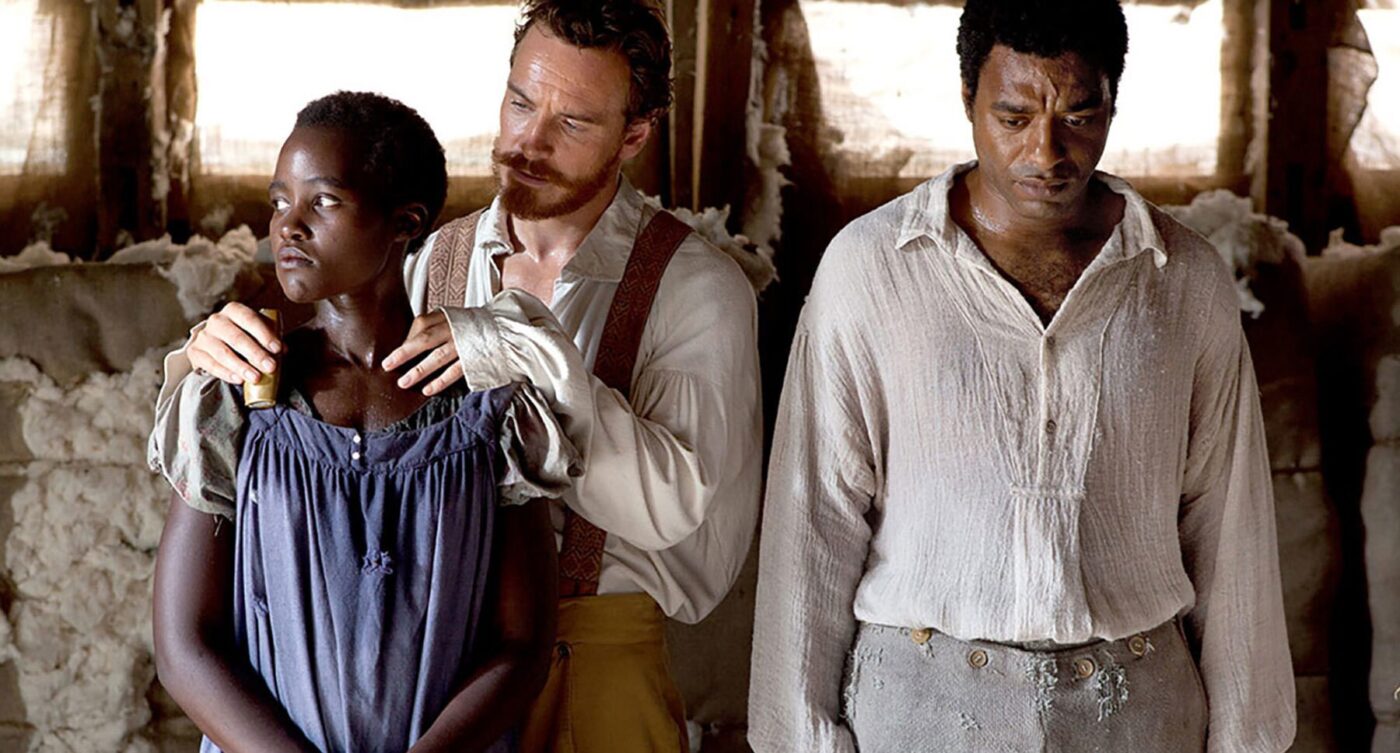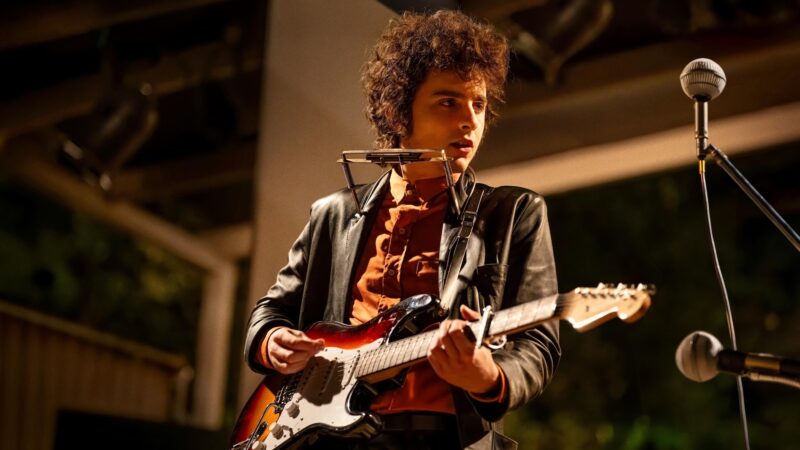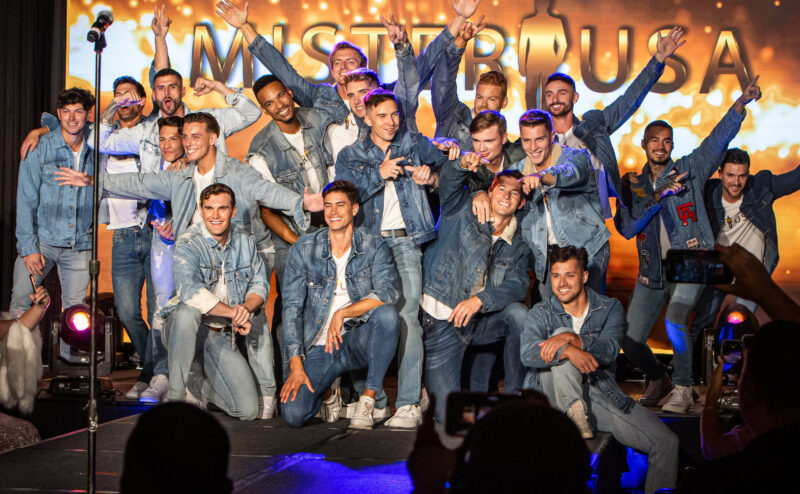When it comes to sex and slavery in America, the discourse distills to one word: rape. But if you dare to go deeper…it’s a little…complicated. Starting with slavery itself.
Slavery on a global scale preceded American slavery by at least two hundred years –and as research suggests even longer than that. An institution rivaling prostitution –and just as global in scope– the capture, sale and enslavement of humans is a trauma as old as time. From wars to debt to the hope of a brighter future, diverse is the road that led to fathers, mothers, children and the unborn from many cultures and countries across the world into physical enslavement and indentured servitude. But for enslaved Africans coming to America, it was a singular path: theft on the high seas. Starting with the first twenty captives –first stolen from the Portuguese by the Dutch, then landing in 1619 ironically at Point Comfort (which offered everything but) in Virginia. This is the generally acknowledged point for when the U.S began its own peculiar history with the institution which expanded and persisted –officially– till Juneteenth.
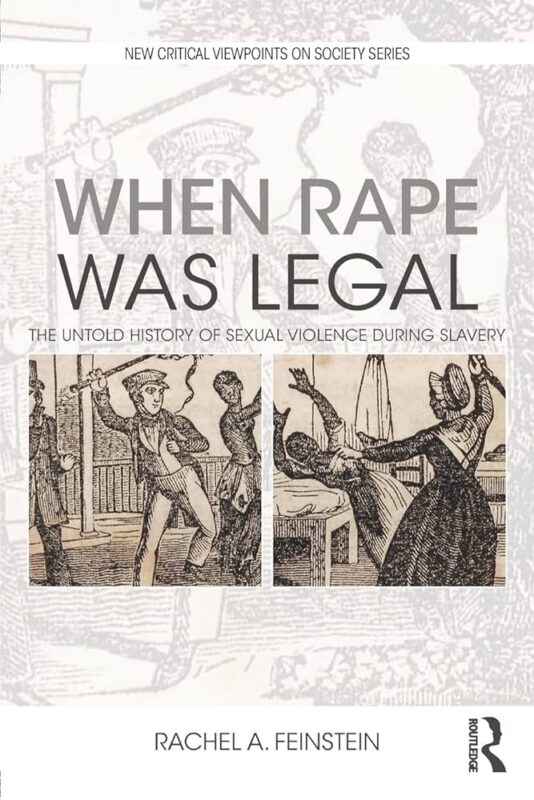
So, what exactly is that? Well, a federal holiday –like any other. But one that reconciles America’s… colorful… past, like none other. This federal holiday celebrated on the 19th of June means to America’s enslaved and their descendants what 4th of July means to the white revolutionaries and their descendants. Officially, the date marks June 19th, 1865, the day the 250,000 enslaved Black Americans in Galveston, Texas –the last bastion of slavery in the United States during the civil war– heard word they were free. Abraham Lincoln’s “Emancipation Proclamation” had been announced two years earlier on January 1st, 1863, but needed enforcement from the Union Army. Texas was the last to fold. By 1865 they finally gave way and on June 19th of that year an era of bondage was over. First celebrated in Galveston as early as 1866, “Juneteenth” celebrations amplified year after year, state after state, as an informal cultural gathering amongst communities until 1980 when Texas became the first to make it a state holiday. As they did before, other states joined and in 2021 Juneteenth became a federal holiday –the first since Martin Luther King Jr. Day.
Like all major holidays the spirit of Juneteenth has been quickly commodified. Today Juneteenth has a cookbook on Amazon, t-shirts at Target, and a discontinued Cheesecake and Red Velvet Flavored Ice Cream from Walmart. But besides commerce, what exactly is being celebrated? Obviously, the end of forced labor. But surely too, the end of forced sexual work.
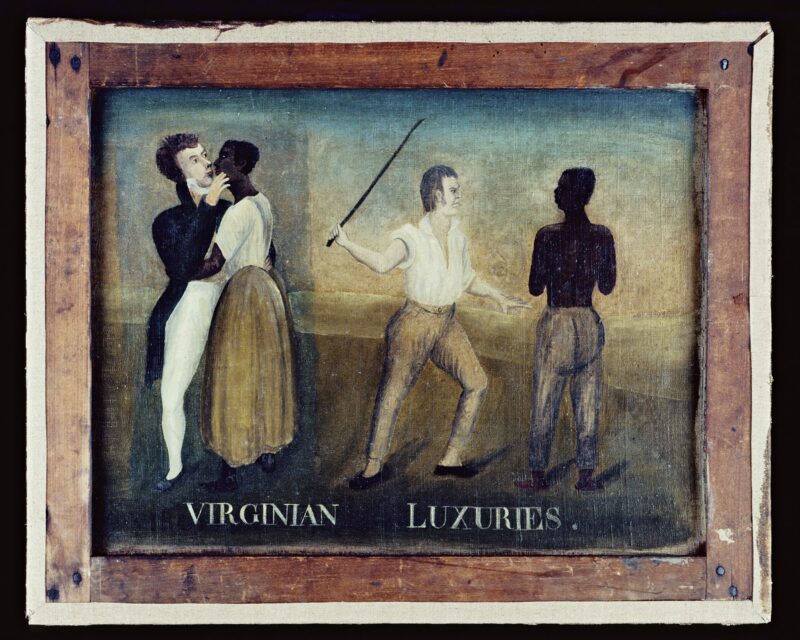
Virginian Luxuries (1825) • Courtesy The Colonial Williamsburg Foundation.
For both enslaved men and women, forced intercourse was par for the course in what was essentially a 24-hour working day. The legacy of strong family roots within America’s foundational Black communities is a signifier that consensual sex existed within enslaved African people, but it is reasonable to say forced breeding between the enslaved did as well. This was especially the case once capturing, importing and enslaving humans from Africa ended in America with the TransAtlantic Slave Ban of 1808. On paper this should have shrunk the working population of enslaved people and hobbled an evil trade. In practice, human traffickers who owned these plantations found a work around with a self-sustained method: sex. Or breeding by another word.
“It is estimated that by the time of the official end of the transatlantic slave trade in the USA in 1808 less than 1 million Slaves had been imported into the country,” according to an excerpt of a report from the UK National Archives. “But less than two generations later –by 1860– the population of enslaved people had skyrocketed to 3,952,760 –56% of which were under the age of 20.” This brings to light that when it comes to sex and slavery a large majority of intercourse may have occurred with minors, ever at the sexual mercy or appetite of Master, Mistress and Middle Management.
“The trauma of sexual abuse is … a… difficult subject to quantify,” continues the report, “Sensibilities of the time and the fact that abolition was often associated with religious organizations means that sexual abuse of girls was often only alluded to in veiled terms and sexual abuse of boys was almost never mentioned. The dangers of sexual exploitation are only too obvious with slave children…”

Christiaen van Couwenbergh • “Three Young White Men and a Black Woman”
In an increasingly black and white country, forced intercourse was not skin deep. As author and formerly enslaved woman Harriet Jacobs famously said, “The master wished to reproduce.” And oftentimes through his own loins or that of his Mrs. The result? A brand-new race with lineages, histories and experiences as complex as their complexion: biracials. It’s as easy to assume this population was born of rape as it is uneasy to accept that at times it was born of love. History shows that well before Martin Luther King dreamed of desegregating the country, many dreamed first of desegregating the boudoir.
Dating back as early as October 1878, landmark cases such as Andrew Kinney versus the commonwealth of Virginia were being launched and won by both races for the right to love and make love under the eyes of the law. The landmark U.S. case was followed by Pace V. Alabama (1883), Perez V. Sharp California (1948) and McLoughlin V. Florida (1964). The momentum mirrored even earlier interracial relationships in 18th century England, nearly 100 years earlier, which saw many instances of English women married to free African men. In 1760, Francis Barber, a black British draper in London, married a white English wife. In 1788 formerly enslaved entrepreneur George Africanus married a white English woman and raised a family of seven children. In 1792 Cambridgeshire, noted abolitionist Olaudah Equaino took an English woman as his wife. They had two daughters, one who married a vicar. The United States had its own interesting version in the forms of slave owners, like Zephaniah Kingsley who married one of the young women he enslaved, Anna Madjijine Jai Kingsley who herself became a slave owner and landowner in 1800’s Florida.
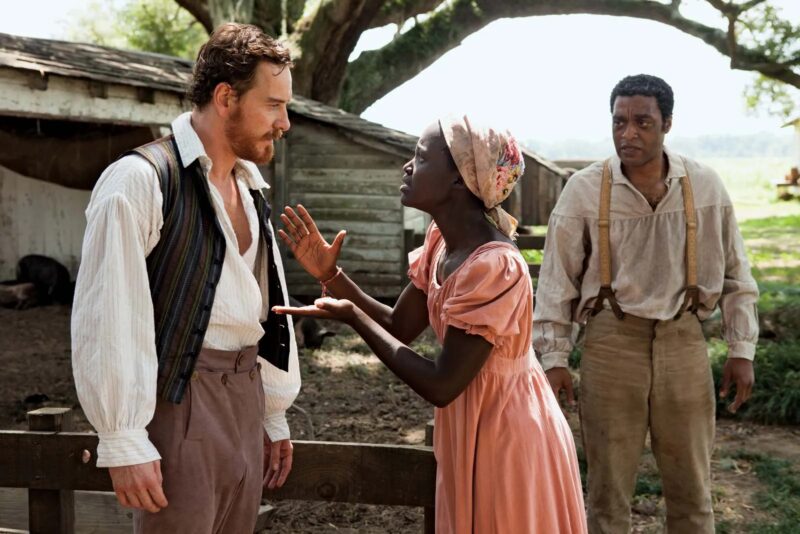
12 Years a Slave • Photo: 20th Century Studios.
“These people formed families, raised mixed-race children, and strove for a decent place in their communities,” says historian and author Gary Nash in his book, Forbidden Love. “They made their ideas, values and racial openness plain in the way they conducted their lives.”
They were forerunners for the modern martyrs of interracial coupling: the Lovings, a couple whose case literally began in the boudoir. In 1958 Richard and Mildred Loving were roused from their sleep and arrested in a nighttime raid in their bedroom by the sheriff of Caroline County, VA. Their crime?
The couple was forced to leave Virginia or face jail time and, though they did, they took their fight up on a year-long battle with the courts. County Court Judge Leon M. Bazille ruled against them saying, “Almighty God created the races white, black, yellow, malay and red, and he placed them on separate continents. And but for the interference with his arrangement there would be no cause for such marriages. The fact that he separated the races shows that he did not intend for the races to mix.”
They persisted and in 1967 the landmark Loving v. Virginia was tried in the Supreme Court.
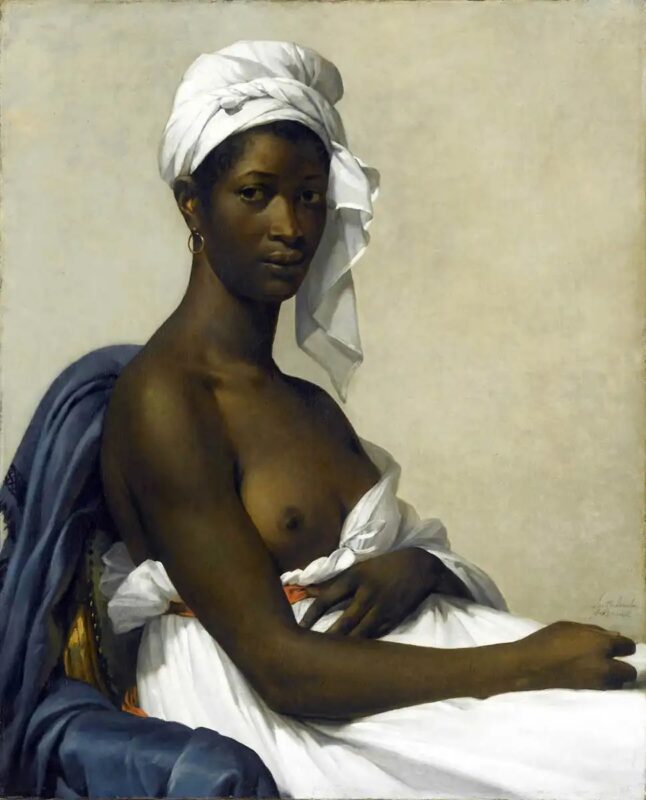
“Portrait d’Une Femme Noire” by Marie Guillemine, The Louvre.
They won. And their victory was not solely for the right to have sex between races, but to have love and marriage and all the benefits assigned. Their victory made marriage legal between men and women of all races and likely set some precedent for even more changes in marriage law to come.
In the time since the matter has been put to rest, it appears the nation has been going to bed –and the chapel! According to the Pew Research Center in 1967 when Loving versus Virginia was being settled, one in 30 couples were married to “a different race or ethnicity.” By 2015, that number was one in six. On the rise too, children from these marriages.
Despite interracial marriages and thus births being a part of the system for centuries it was not till the year 2000 that the United States Census began allowing citizens to self-identify as more than one racial quantification. Previously, the first census takers in 1790 classified the population as white or other, with slaves counted separately; by 1860 census takers counted the population as a whole but with just three categories: white, black or mulatto (a category that was quickly phased out.) By 1990, while additional categories were created, there was still no option for an increasing population. This changed in 2000 when the U.S Census allowed citizens to select more than one racial category at a time.
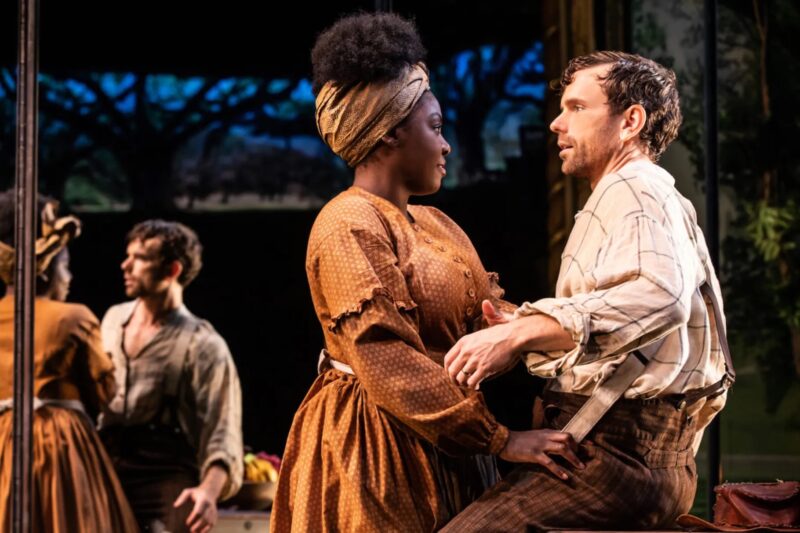
Slave Play • Photo: Matthew Murphy.
By 2013, 9 million Americans chose two or more racial categories on the Census. According to Pew, Between 2000 and 2010, the number of white and black biracial Americans more than doubled. By 2020 the number skyrocketed to 33.8 million people, a 276% increase in just a decade.
In light of the long road to get here, the numbers speak poetic justice. For after a history of hate, love should be the present. The outcome also underscores that these United States are united in more ways than one, with sex being the soothing lullaby that transforms America’s nightmarish roots into a sensual and seductive dream.
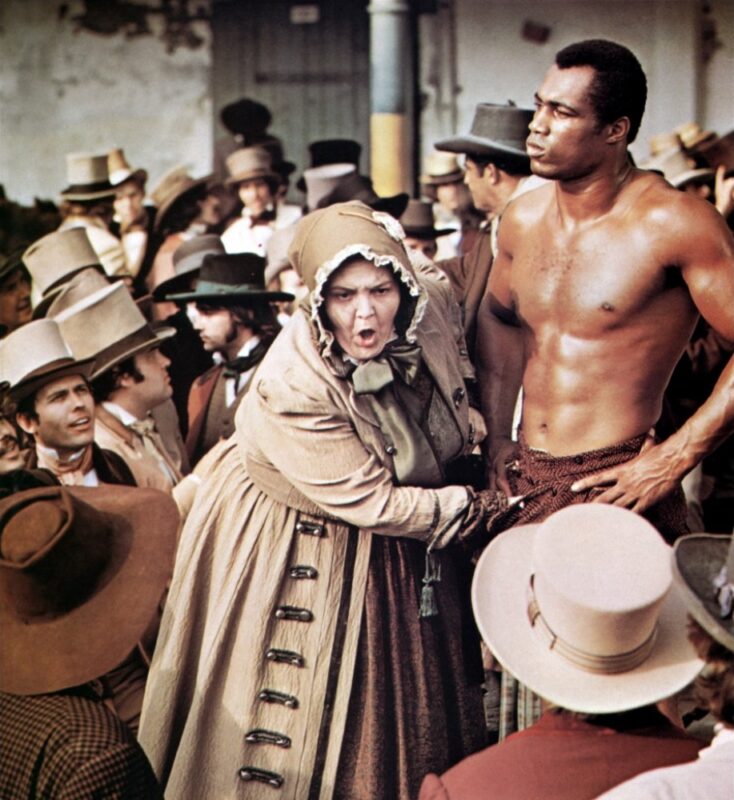
Mandingo • Photo: Paramount Pictures.
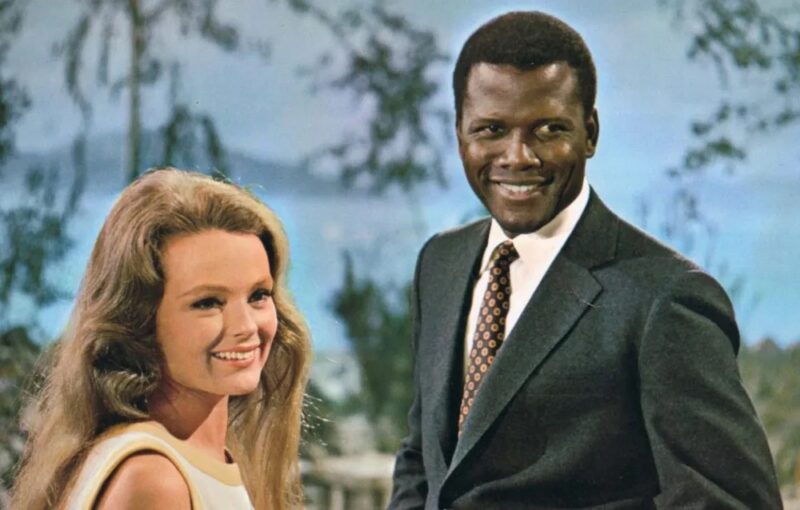
Guess Who’s Coming to Dinner • Photo: Columbia Pictures.

